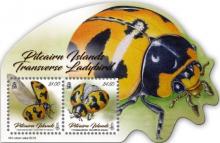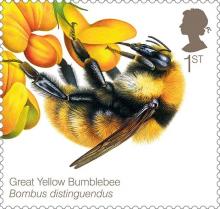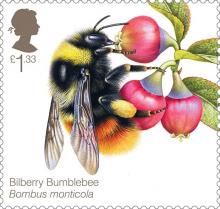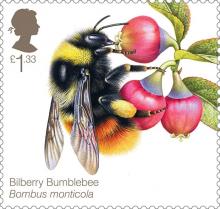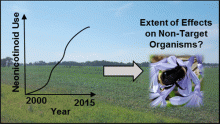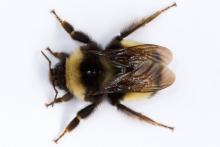Sulfoxaflor kan volgende insectenkiller zijn
Britse wetenschappers waarschuwen voor de risico’s van een nieuw soort insecticide, sulfoxaflor genaamd. Dat staat in het gerenommeerde vakblad Nature. Volgens de wetenschappers kan sulfoxaflor de opvolger worden van neonicotinoïden, die Europa in april heeft verboden.

